Why are syllables important
Syllable Games | Classroom Strategies
As students progress in their literacy understanding, they move from reading and writing single syllable words (often with consonant-vowel-consonant constructions) to reading and writing multisyllabic words. Instruction focused on teaching students about syllables often focuses on teaching different types of syllables (open and closed) and what occurs when syllables join together within a word.
| How to use: | Individually | With small groups | Whole class setting |
More phonological awareness strategies
Why teach about syllables?
- Dividing words into parts, or "chunks" helps speed the process of decoding.
- Knowing the rules for syllable division can students read words more accurately and fluently.
- Understanding syllables can also help students learn to spell words correctly.
Drumming out syllables
Students use a drum or tambourine to take turns drumming out the syllables in their names or other words. See the lesson plan.
This video is published with permission from the Balanced Literacy Diet. See many more related how-to videos with lesson plans in the Phonemic Awareness section.
Syllables: kindergarten
This video depicts a kindergarten small group engaging in a syllables activity. There are 5 students in this demonstration and they are using manipulatives. (From the What Works Clearinghouse practice guide: Foundational skills to support reading for understanding in kindergarten through 3rd grade.)
Collect resources
Marker activity
This activity, from our article How Now Brown Cow: Phoneme Awareness Activities, is an example of how to teach students to use a marker (i. e., token) to count syllables.
e., token) to count syllables.
The marker activity often used for word counting can be adapted for use in counting syllables. Teachers can provide each child with tokens and two or three horizontally connected boxes drawn on a sheet of paper. The children place a token in each box from left to right as they hear each syllable in a word.
Multisyllabic manipulation
This example includes several activities and a chart of multisyllabic words. One specific activity from this page is the Multisyllabic Words Manipulation Game. Teachers can divide words from reading selections into syllables, write each syllable on a note card and display the syllables in jumbled order. Have students arrange the syllables to form the words.
Multisyllabic words manipulation >
Clapping games
Associating syllables with a beat can help students to better learn the concept of syllables within words. Here's a clapping game to help young learners understand about dividing words into syllables.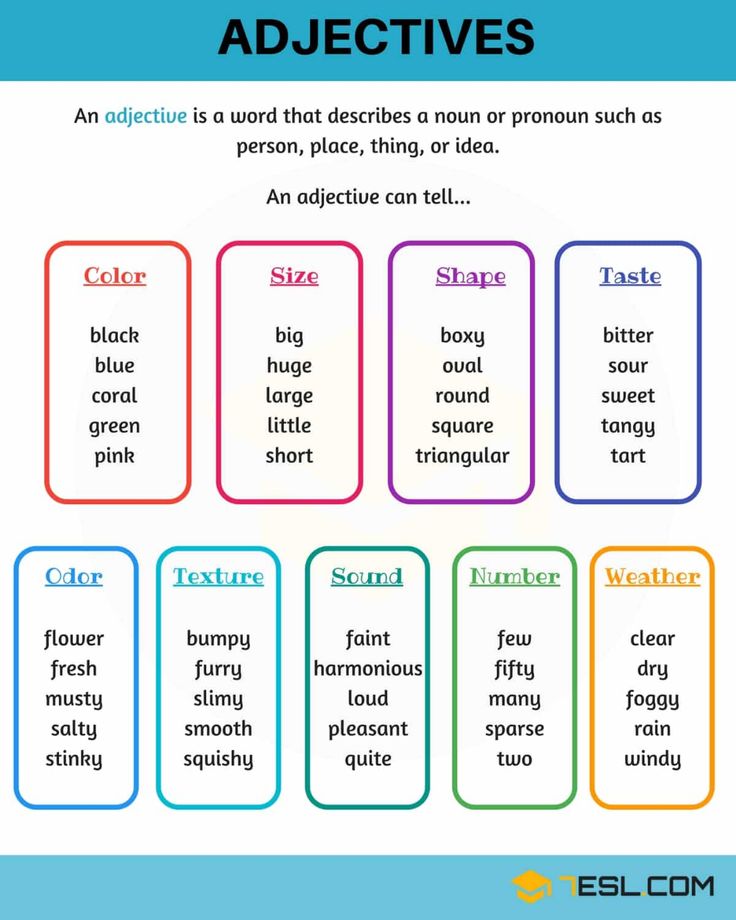
Basic words clapping game >
Using mirrors
The following link includes information on introductory activities such as using mirrors for teaching students about syllables. Information is also provided about the different syllable spelling patterns.
Using a mirror to understand syllables >
Jumping syllables
This activity teaches student to separate words into syllables. Students move syllables around to create new "silly" words which gives them practice manipulating different sounds.
Jumping syllables >
Find many more syllable activities developed by the Florida Center for Reading Research.
Differentiated instruction
for second language learners, students of varying reading skill, and for younger learners
- Use pictures instead of words in activities for younger and lower level readers
- Include auditory and hands-on activities (i.e., clapping hands, tapping the desk, or marching in place to the syllables in children's names)
- Include a writing activity for more advanced learners.
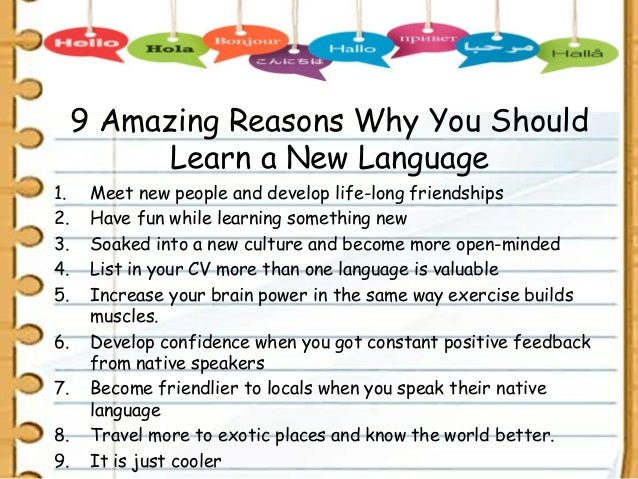
See the research that supports this strategy
Adams, M., Foorman, B., Lundberg, I., & Beeler, T. (2004). Phonemic Activities for the Preschool or Elementary Classroom.
Ellis, E. (1997). How Now Brown Cow: Phoneme Awareness Activities.
Moats, L. & Tolman, C. (2008). Six Syllable Types.
Children's books to use with this strategy
Island: A Story of the Galápagos
By: Jason Chin
Genre: Nonfiction
Age Level: 6-9
Reading Level: Independent Reader
Young readers will explore the evolving terrain and animals of the Galápagos in this nonfiction picture book. Charles Darwin first visited the Galápagos Islands almost 200 years ago, only to discover a land filled with plants and animals that could not be found anywhere else on earth. How did they come to inhabit the island? How long will they remain? Thoroughly researched and filled with intricate and beautiful paintings by award-winning author and artist Jason Chin.
Where Else in the Wild? More Camouflaged Creatures Concealed & Revealed
By: David Schwartz
Age Level: 3-6
Reading Level: Beginning Reader
Close-up, full color photographs of camouflaged creatures and a variety of poems ask readers to examine the image while learning about characteristics. A gatefold opens to provide additional information. (This may appeal to children who like "real" things.)
Dogku
By: Andrew Clements
Age Level: 6-9
Reading Level: Independent Reader
The picture book story of a dog who finds a home is told in completely (and surprisingly successfully) using haiku.
Tap Dancing on the Roof: Sijo (Poems)
By: Linda Sue Park
Genre: Poetry
Age Level: 6-9
Reading Level: Independent Reader
Like haiku, sijo – a little known, brief poetic form from Korea – looks at everyday activities from breakfast to the weather. Sophisticated illustrations complement the seemingly simple language to delight readers and listeners.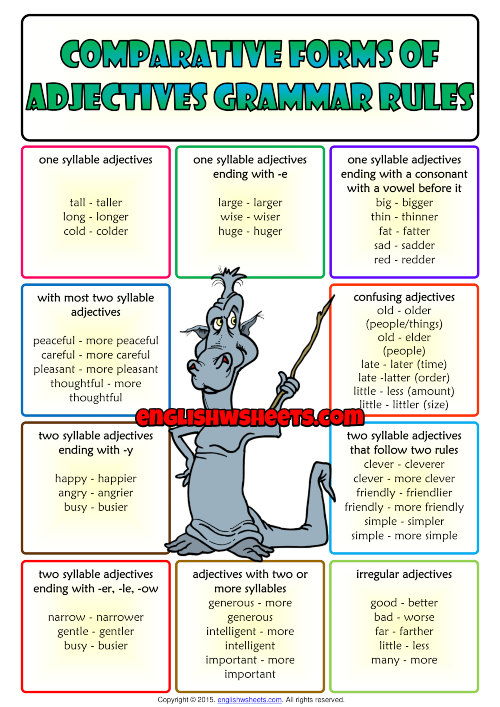
Comments
Why Teaching Syllables in Upper Elementary Is Important
How often do your upper elementary students struggle with reading multisyllabic words in a grade-level text? Instead of coaching them through it with positive reinforcement like slow down, break it apart, reread it. . . think how powerful it would be to give them the tools to actually read the word? Teaching syllables in upper elementary is so beneficial!
When our students don’t understand the sounds various spelling patterns make, they don’t have the tools to break apart a multisyllabic word.
If you aren’t already, I encourage you to start teaching syllables with your upper elementary students. There are seven syllable types that will help your students feel more confident when they come across multisyllabic words.
What is syllabication?- Syllabication is the act, process, or method of dividing words into syllables.
- So to do that, students need to know two things:
- Different syllable types and
- Syllable division principles.
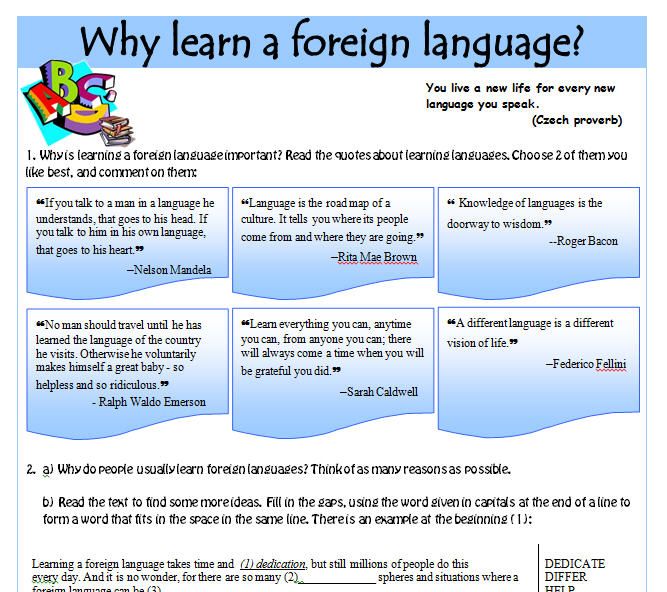
- A syllable is a single unit of pronunciation that has one vowel sound.
- It can contain consonants, but the vowel sound determines that syllable.
- Words can be one, two, three, or more syllables.
There are seven types of syllables you should be teaching:
- Open Syllables
- Closed Syllables
- Magic E
- Vowel Teams
- R-controlled
- Final Stable
- Consonant -le
To learn more about teaching these seven syllable types, check out my blog, which covers each syllable in depth.
Why should I be teaching syllables in upper elementary?Students might have learning gaps.
If your students struggle to break apart and read multisyllabic words, they need more information and tools surrounding syllables. Teaching syllables will give them the tools to read bigger, more complex words!
Although syllabification and syllable types tend to be at the forefront of most scopes and sequences in earlier grades, that doesn’t mean our students have mastered them.
In fact, by the time they get to third, fourth, and fifth grade if students have not explicitly been using what they’ve learned about syllables to read. . . they probably don’t remember what they once knew.
Students may need help to apply what they know about syllabication to multisyllabic words.
Even if your students had a strong foundation of syllable types and division, they might not know how to apply the knowledge to multisyllabic words.
Multisyllabic words are words with more than one syllable. Upper elementary students will read more and more multisyllabic words as they move through the education system.
Students need support with word recognition.
Word recognition is seeing a word and immediately knowing how to read it/pronounce it. When students have higher word recognition, they have more brain space for comprehension when they read.
If you have a student who needs help to read words fluently and accurately, they will struggle with comprehension.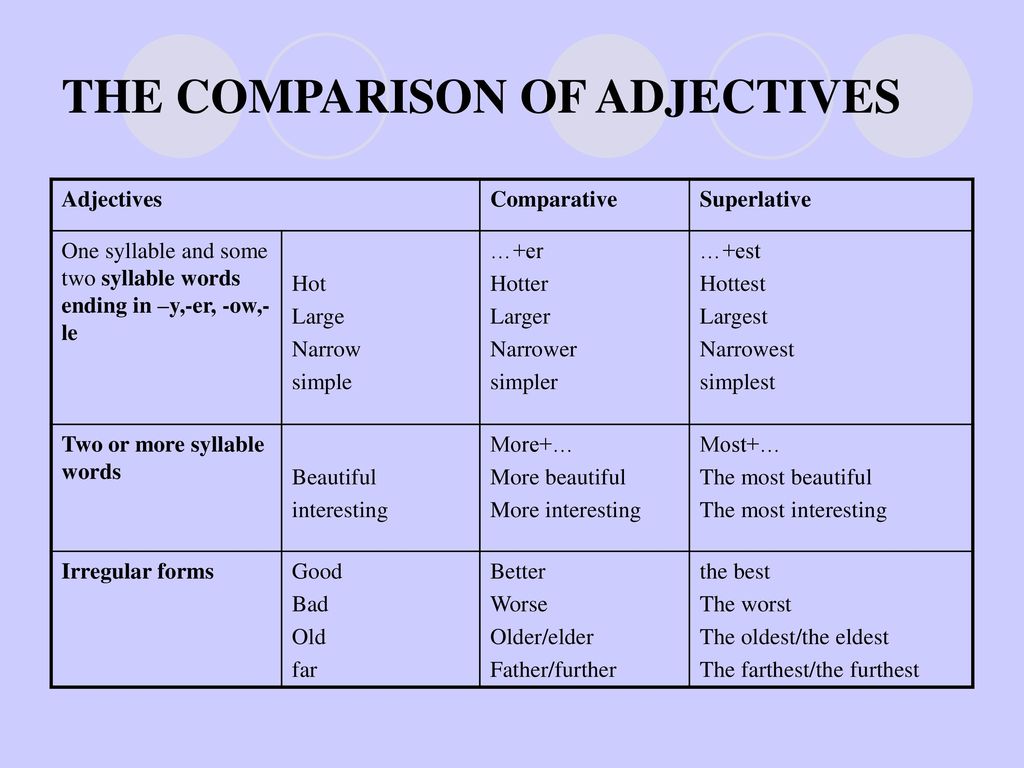
Teaching syllable types is another tool in students’ toolboxes to improve word recognition and comprehension.
Syllabication compliments other word concepts taught in upper elementary.
In upper elementary, there is a big focus on affixes and roots. Teaching syllables goes hand in hand with these concepts.
We want students to feel confident in their reading, right? The fewer word parts they have to deal with the more successful they will be when they come across multisyllabic words. When you are teaching prefixes, suffixes, and roots, you can teach syllables at the same time!
How should I be teaching the seven syllable types?Whether you choose to teach whole group, small group, or or both, I encourage you to make sure your instruction is:
- Explicit – This means you introduce, explain, and model the syllable concepts to your students.
- Systematic – This means you’re teaching syllables in a logical order that builds upon your students’ prior knowledge.
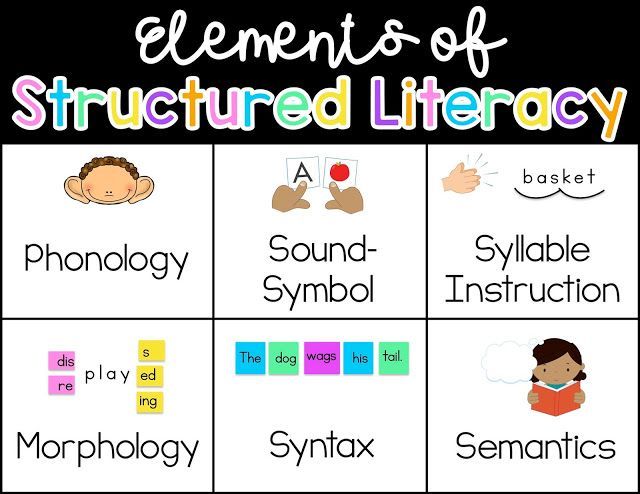
Explicitly teaching syllables might look like introducing syllable types one at a time, explaining the definition of the syllable type, and teaching syllables with a known word.
Teaching syllables isn’t a time for us to stump or challenge our students. It is important to use words that are clear examples for each syllable type. Use single-syllable words and multisyllabic examples.
Don’t forget to teach exceptions.
Systematically teaching syllables is equally important. Once you’ve introduced a number of syllable types, the next step is to provide opportunities for students to become familiar with them.
What does systematic instruction look like? There are so many activities!
- Words Sorts
- Syllable Hunts
- Literacy Workstations
- Small Group Practice
- Independent Reading
- Whole Group Read Alouds
- Daily Warm-Up Activities
Syllable Hunts are one of my favorite ways to bring syllable practice into an existing lesson. They take a small amount of prep work and have a big impact. For example, if you are teaching a lesson on ecosystems and have several texts and read-alouds picked out for your students to read, go through them to see if you can find words connected to a syllable type. It might be a syllable hunt activity as simple as finding words with 1-syllable, 2-syllable, 3-syllables and so on.
They take a small amount of prep work and have a big impact. For example, if you are teaching a lesson on ecosystems and have several texts and read-alouds picked out for your students to read, go through them to see if you can find words connected to a syllable type. It might be a syllable hunt activity as simple as finding words with 1-syllable, 2-syllable, 3-syllables and so on.
I love Syllable Hunts because they encourage your students to be more aware of the vocabulary within a text and challenge them to use syllable knowledge in a text relevant to their learning.
You can check out my Syllable Types Bundle on TpT for low-prep syllable activities! This set of lesson plans, anchor charts, and activities will help you review some basic concepts of syllables and introduce your students to the different types of syllables. For each syllable type, students will see examples of one, two, and three-syllable words so they can start to transition what they know about syllables to read big words. These activities work for whole group, small group, or even workstation activities!
These activities work for whole group, small group, or even workstation activities!
And the last thing I want to mention is: be flexible when teaching syllables. Sometimes we try to teach syllables and syllable types as absolutes, when they are generalizations.
There are exceptions, especially as students start to read longer words.
But if they have a solid foundation of knowledge around syllable types, they are more likely to break apart and correctly read multisyllabic words. The goal isn’t for students to become syllable experts, but to know and understand enough to feel more confident reading BIG words.
Put It Into Practice:- Don’t forget to check out my blog post, 7 Syllable Types to Teach to help you better understand each syllable type and how you can introduce the 7 types to your students.
- Check out podcast Episode #121: Your Guide to Teaching Syllabication in Upper Elementary! In this episode I share a clear definition of 6 syllable types and activities you can incorporate in your school day to practice each concept.

- Join us inside The Stellar Teacher Reading Membership, where you will get access to a resource library filled with reading resources that will support you and your students in reading, writing, and vocabulary skills needed to be successful readers.
Happy Teaching!
Buy Now
Buy Now
Buy Now
How to increase the level of literacy in a child
Today, more and more often, children in primary school have difficulties with the Russian language: slow reading, lack of reading comprehension, difficulties with retelling and mistakes, mistakes, mistakes! The reason here is not at all in the intellectual abilities of the child and his efforts. In this article, we tell you what stage it is important not to miss when learning to read so that the child's literacy is at a high level.
How reading and literacy are connected
To teach a child to read means to help him make a serious breakthrough in his development. This is a very responsible process. It is important for an adult who has taken on the role of a teacher to lay the right foundation for reading technique - to pave a safe route in a hundred teaching methods, technologies and techniques.
⠀
In our online school, we often encounter the fact that children of different ages cannot determine the number of vowels and syllables in a word, have difficulty transferring words from one line to another, and make a lot of mistakes when reading and writing.
⠀
In most of these cases, it turns out that the child simply learned to read in the wrong way: instead of reading letter by letter, he immediately began to perceive the word as a whole. Yes, this method is much faster, but "fast" does not always mean "quality".
⠀
Surface skill is not knowledge. That is why it is necessary to devote more time to spelling reading - when the word is pronounced letter by letter: it is read exactly as it is written.
⠀
The method of syllabic reading helps the child deeply feel the mechanism of word formation. Such a system develops:
- phonemic hearing;
- sound-letter analysis skills;
- automatic perception of stress in a word.
⠀
Reading by syllables, the child pronounces and remembers the correct spelling. Which in the future will help him make fewer mistakes: correctly transfer words from one line to another and be able to divide words into syllables and write correctly.
How to teach a child to read by syllables
Learning grammar can be compared to a construction set. While playing, the child easily combines the details, collects and rebuilds his masterpieces. And all because he has already mastered the principle of connecting the constituent elements.
⠀
Syllables are the same details as small bricks. Having learned to add and connect them, the child begins to understand the algorithm for the formation of words, and learning turns into an understandable and enjoyable process with the least number of errors.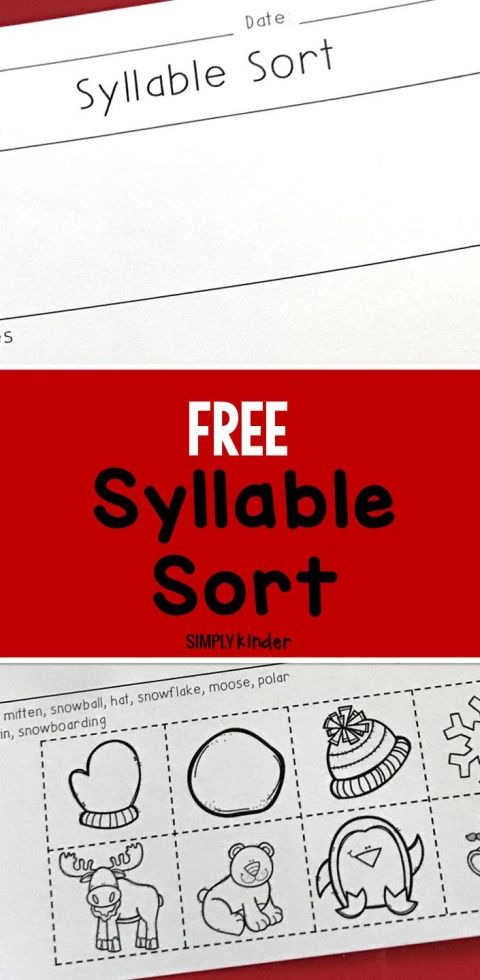
⠀
Therefore, when starting to teach your child to read on your own, follow some rules:
1. Learn the sound, not the letter
At this stage, do not confuse the child with alphabetical pronunciation. Since then it will be difficult for him to understand why “DE” in words should be read as “D”, “EM” as “M”, and instead of an understandable “house”, “DeOem” can turn out.
2. First learn the vowels, then the consonants
Start with the vowels “A, O, U, Y, I”, then memorize the rest of the letters with your child. Of the consonants, first study "M, S, X, W, L, N, R", then - "K, P, T", and then - "B, Z, F, B, D, D".
⠀
Read this article for more information on how to learn letters with a child so that he quickly and correctly remembers them.
3. Having studied a few letters, proceed to compose syllables
To make the learning process a joy for the child, use games. After all, it is much more interesting when "A" is looking for "U" in the forest and their meeting turns into a loud "Ay!" Here is the first syllable for you.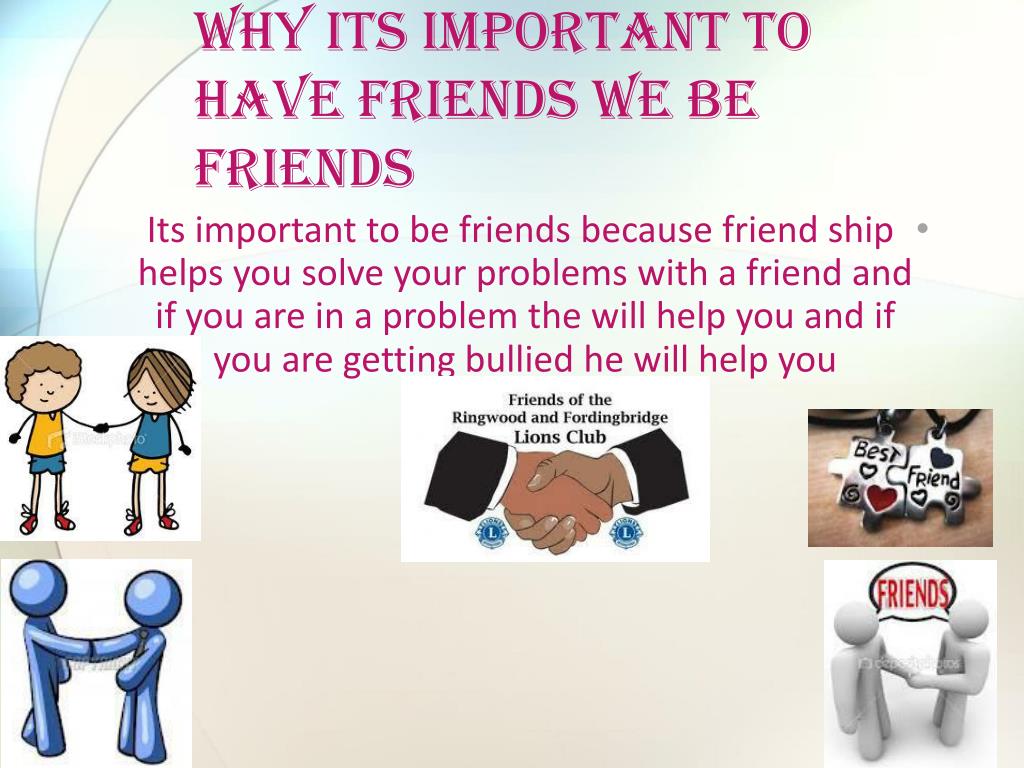
By the same principle, you can connect "M" and "A". And if you add the same sound combination, then “mother” will come out. So gradually, from simple to complex, the construction of the word is learned. The child learns to clearly hear each sound, to identify syllables, and in the future this will help him master the grammar well.
4. Start with simple sound combinations “AU”, “UA”, “MA”, etc., allocating a couple of activities for each of them. 5 fun exercises!
5. Be sure to reinforce what you have learned with your child.
Syllables can be made from plasticine letters or baked from dough, drawn in the sand. And on the road, you can have fun playing “Continue the word”: you say the first syllable, and the child needs to come up with a continuation: “Ko” - “Cow”, “Goat”, “Gingerbread Man”.
You can also use cards with syllables to which a pair is selected.
⠀
Whatever you choose, the main thing is that the child develops a steady interest in reading and self-confidence.
⠀
But learning to read requires skill and patience. Be prepared that you will need a lot of endurance and imagination, as not all children like to learn.
Do no harm!
The seeming ease of learning often leads to serious mistakes that negatively affect further academic performance and require a long correction.
⠀
To teach a child to read, an adult must be a true professional, know and love his job. That is why more and more parents around the world trust the education of their children to experienced teachers of the Kidskey online school.
⠀
Our teachers work for the result and do it competently and interestingly, as they know child psychology well and find an approach to each child, regardless of temperament and age. And the game format and interactive tasks on our own online platform help even the youngest children learn with interest and get quick results.
⠀
If you have already tried to teach your child to read, but you feel that you have missed something or just can't cope - enroll him in our school. We will teach you to read from scratch, correct all mistakes and prepare you for school.
We will teach you to read from scratch, correct all mistakes and prepare you for school.
⠀
The first lesson is FREE
⠀
Try it and you will no longer have to waste your time and energy, quarreling with your child and worry about the preservation of the Russian language or preparation for school.
⠀
See also:
7 simple games to learn letters
Why can't a child learn to read?
How to choose a good teacher for your child?
How can nuts, banana and cartoons help a child learn to read faster?
What should a child be able to do in order to pronounce a word clearly?
On direct online sessions with a speech therapist, parents often ask the following question: "My child can repeat individual syllables, you can say that he pronounces the entire alphabet ... But things don’t go any further, he doesn’t put syllables into words, he calls objects with one syllable , for example, "ba!" - instead of a trumpet, or "that" - instead of "table". How to move a child's speech forward? As part of the Triggering the Speech of Non-Speaking Children: From Zero to Phrasal Speech methodology, we train professionals and parents to deal with this problem. In order to work correctly with a violation of the syllabic structure of a word, it is important to understand what individual tasks the skill of correctly pronouncing a word consists of.
How to move a child's speech forward? As part of the Triggering the Speech of Non-Speaking Children: From Zero to Phrasal Speech methodology, we train professionals and parents to deal with this problem. In order to work correctly with a violation of the syllabic structure of a word, it is important to understand what individual tasks the skill of correctly pronouncing a word consists of.
Let's discuss what a child should be able to pronounce a word correctly, and how to develop the necessary skill if the skill is not yet available.
1️⃣ What you need to know: you need to be able to choose the right movement for each specific sound. If the baby does not understand what kind of movement he needs to make in order to get this or that sound, and how these movements differ from each other, the child will not arbitrarily pronounce sounds. And those sounds that the student is not able to pronounce, he, accordingly, will not be able to include in the composition of the word.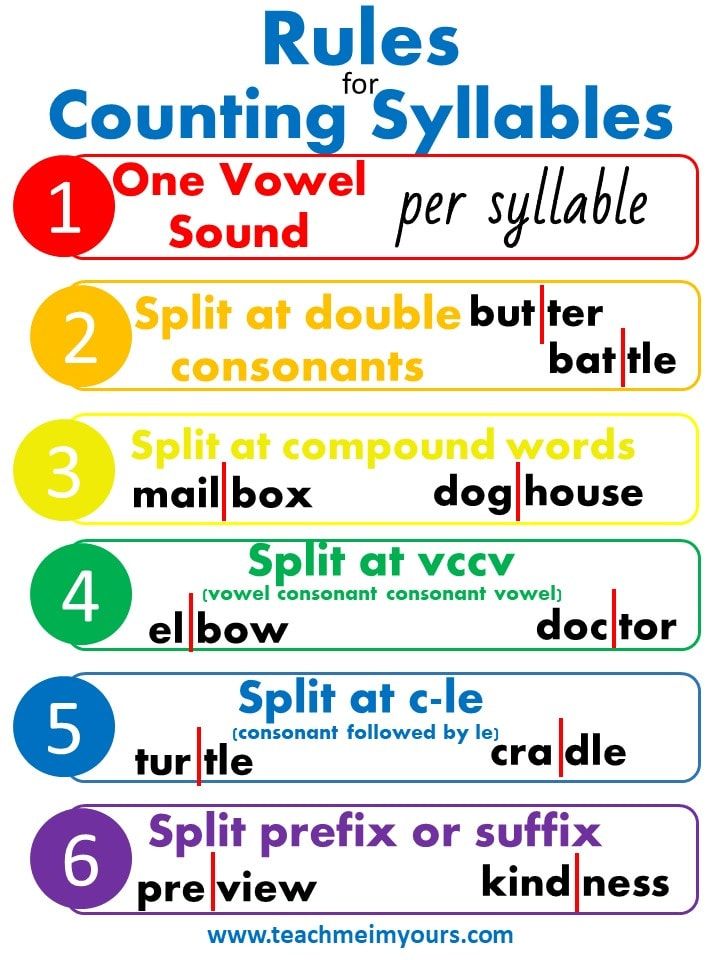
How to help: select a specific gesture and game for each consonant sound , encouraging the baby to first perform the action with the object, then show the gesture, and then repeat the sound. Gradually add vowel variations to the consonants that the baby says, encouraging him to repeat simple syllables. Remove hints as much as possible so that the baby can determine by memory "how they play" with this or that object, showing a gesture and making a sound. You can learn more about admission here.
2️⃣ What you need to know: you need to be able to distinguish between sounds by ear. In order to put the sounds in the right order, it is important to clearly define the differences between them, for example, to understand how the sound [P] differs from the sound [B]. Then, in the right place in the word, the child will accurately insert the correct sound.
How to help: intersperse games from pronouncing sounds with gesture games to "search" for sounds.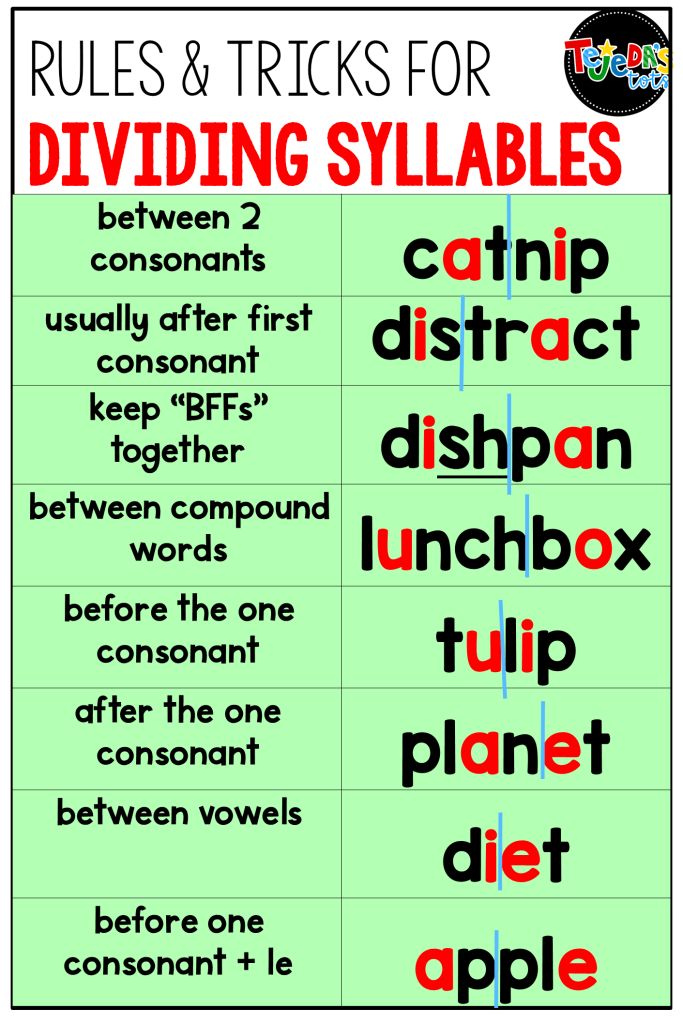 For example, scatter two types of toys on the carpet - cubes for the sound [K] and carnations for the sound [T]. Ask your child to put the toys into two baskets based on your audio instructions. Ask him: bring [T], and now [K]. If the baby is unable to perform the task only by hearing, teach him to select the necessary gesture for the sound he hears, and only then find the toy. So he can, as it were, "feel" the incoming sound stream with his hands and better concentrate on what he hears. Start with different-sounding consonants, such as [П] and [Ш], gradually moving to close phonemes, such as [Ж] and [Ш].
For example, scatter two types of toys on the carpet - cubes for the sound [K] and carnations for the sound [T]. Ask your child to put the toys into two baskets based on your audio instructions. Ask him: bring [T], and now [K]. If the baby is unable to perform the task only by hearing, teach him to select the necessary gesture for the sound he hears, and only then find the toy. So he can, as it were, "feel" the incoming sound stream with his hands and better concentrate on what he hears. Start with different-sounding consonants, such as [П] and [Ш], gradually moving to close phonemes, such as [Ж] and [Ш].
3️⃣ What you need to know: you need to master the skill of motor switching from one syllable to another. It seems quite natural for adults to pronounce long words, phrases and texts, deftly alternating syllables, distributing the breath. However, the kid masters the motor pattern of the word from scratch, and often, as an adult, when mastering complex choreography, he needs to repeatedly repeat the "ligaments" of movements within the word before the skill becomes automatic.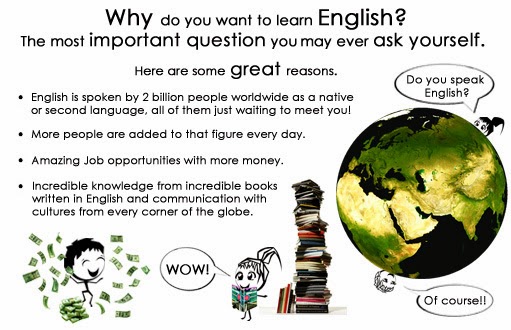
How to help: “lay out” a word scheme in front of the child using specific objects that represent a particular sound. For example, for the word "porridge" it will be a sequence of a cube (sound [K]) and a ball (sound [Ш]). In total, there can be 6-7 repetitions of one word in a schematic row. Ask the kid to point a finger at an object and name the sounds with which we play with the laid out objects.
At the end of the row, prepare a toy or object of the same name, such as porridge or coffee, so that the child, having repeatedly practiced switching from syllable to syllable, will see what exactly he called. You can find out which specific gestures we use for different sounds HERE and HERE.
4 What you need to know: you need to hear the melody and rhythm of the word in order to combine several syllables into the correct rhythmic pattern. The word mo-lo-ko has a clear pronunciation melody, every word has the same melody.
In order for the baby to organize the available syllables into a pronunciation sequence, he must hear and keep the rhythm and melody of a particular word, and not confuse it with another. A melody can be called a thread on which individual beads-syllables are strung, forming garlands of words, sentences, texts.
How to help: tap simple and more complex rhythms with your child, dance to songs and rhythmic melodies , repeat combinations of several large movements to the music, developing your baby's rhythmic instinct.
And to avoid "chopped" speech by syllables, you can also sing a word to a simple melody , accompanying the singing with a gesture for each consonant sound. You can find simple songs for practicing smooth pronunciation of words on our music CD "From sound to word".
We invite you to watch a short video on how these methods work in practice. Enjoy watching!
